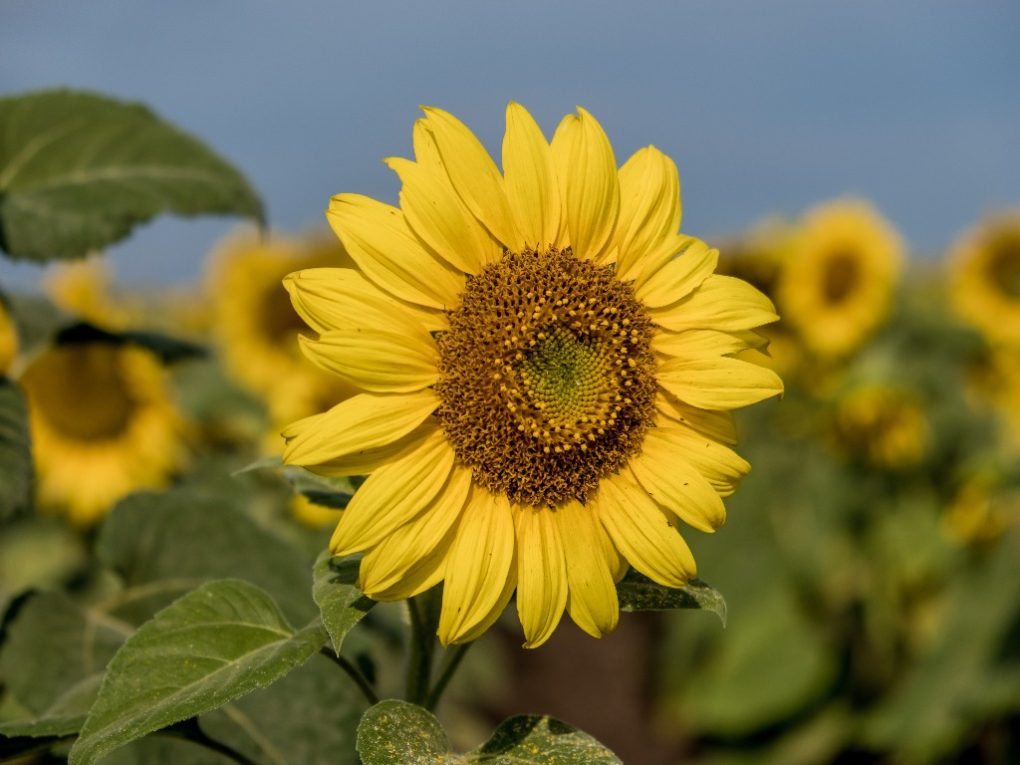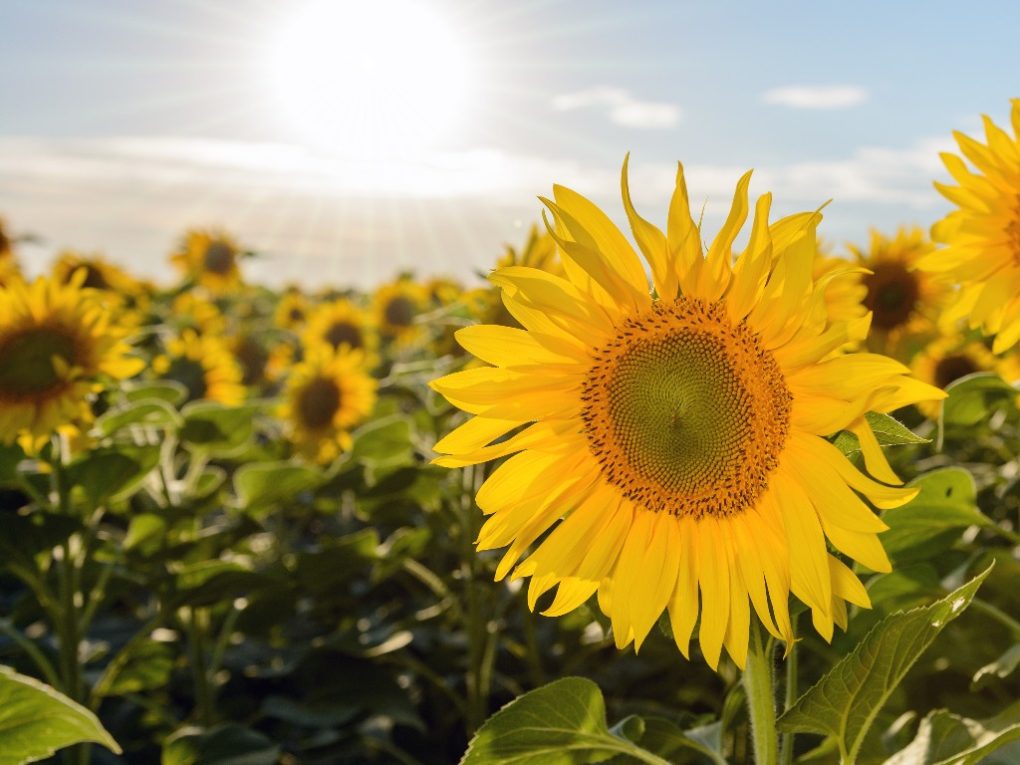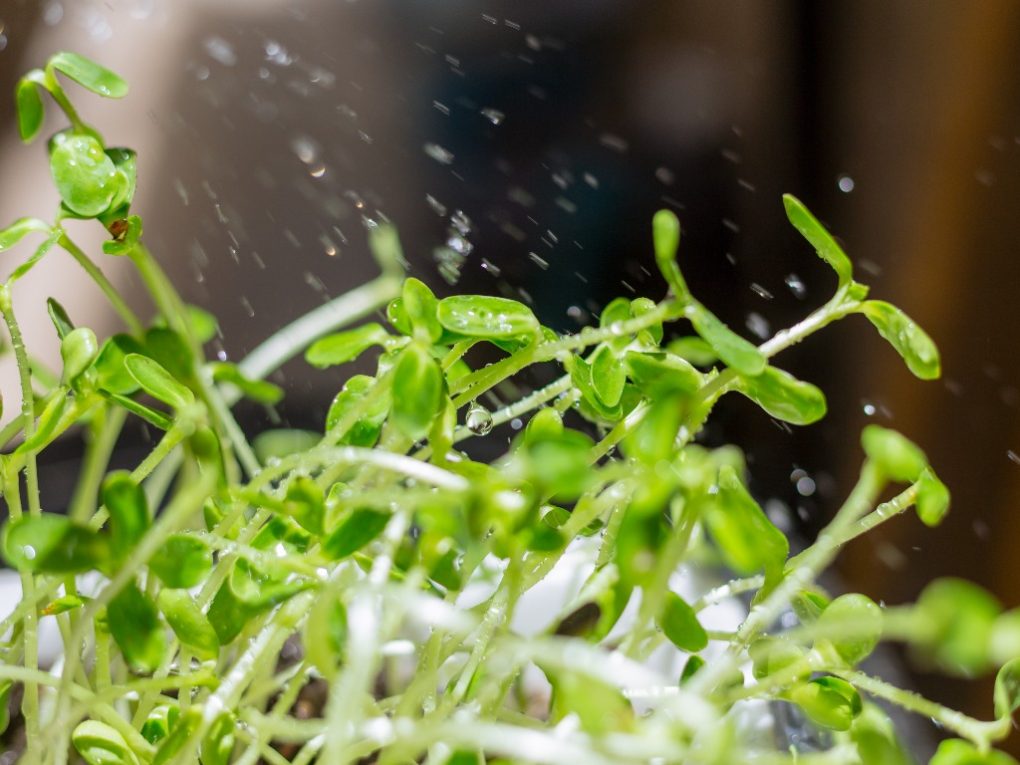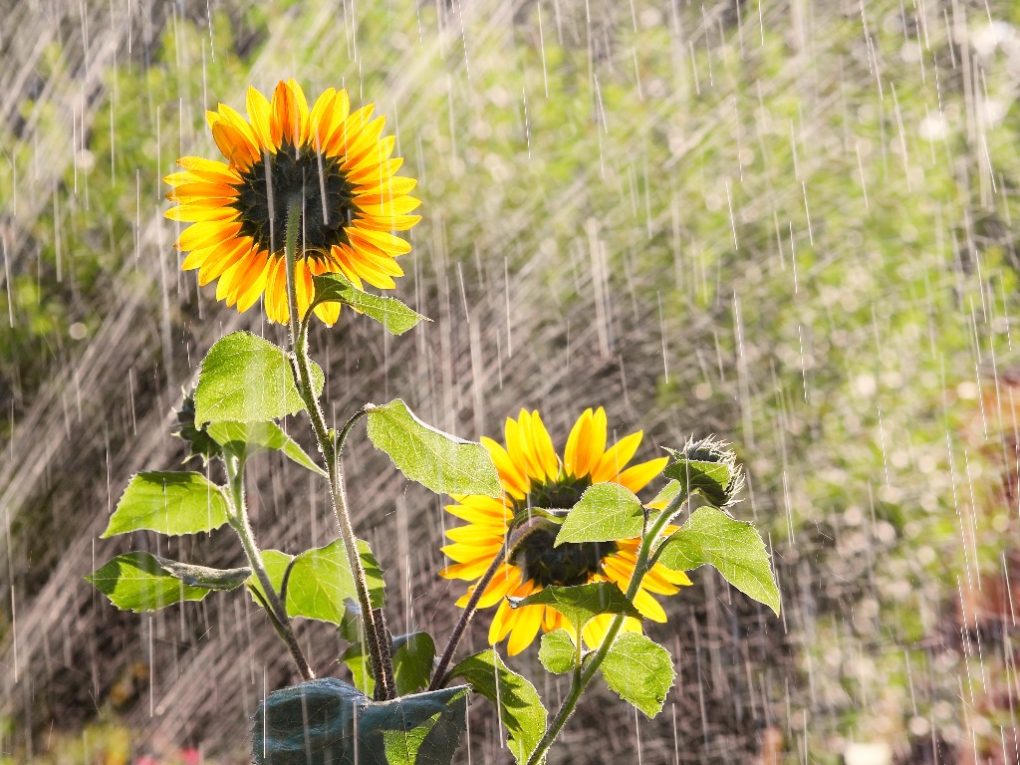Do Sunflowers Come Back Every Year: A Guide to Their Life Cycle
No, sunflowers do not come back every year. Sunflowers are typically annual plants, meaning they complete their life cycle in one growing season and do not return year after year. However, some sunflower varieties, such as perennial sunflowers (Helianthus spp.), can be grown as perennials in certain climates and conditions.

Perennial sunflowers are hardy plants that can survive harsh winter conditions and grow back from the root system yearly. They typically bloom in late summer or early fall and can grow up to 8 feet tall.
It’s important to note that while perennial sunflowers can return each year, they may not produce blooms as large or numerous as annual sunflowers. Some sunflower varieties may self-seed and produce new plants the following year, but these plants may differ from the original.
Table of Contents
Difference Between Annual and Perennial Sunflowers
Annual sunflowers, Helianthus annuus, grow and bloom for one season only. These sunflowers will die completely and not return the following year. If you want to have annual sunflowers in your garden yearly, you must replant them each spring.
On the other hand, perennial sunflowers, also known as Helianthus multiflorus, can grow back every year without replanting. They won’t die back completely and will return the following year from the same plant. Perennial sunflowers are a great choice if you want to have sunflowers in your garden without the hassle of replanting every year.
Here are some key differences between annual and perennial sunflowers:
| Annual Sunflowers | Perennial Sunflowers |
| Grow and bloom for one season only | Can grow back every year without needing to be replanted |
| Die back completely | Won’t die back completely |
| Need to be replanted each year | Don’t need to be replanted each year |
When deciding whether to plant annual or perennial sunflowers, it’s important to consider your gardening goals and the amount of time you want to spend replanting each year. Perennial sunflowers are a great choice if you want to have sunflowers in your garden year after year without the hassle of replanting.
Similarities Between Annual and Perennial Sunflowers
Family
Sunflowers belong to the Asteraceae family, also known as the Compositae family, a large and diverse family of flowering plants that includes over 32,000 species, making it one of the largest.
The Asteraceae family is widespread worldwide and particularly abundant in temperate and subtropical regions. Many of the plants in this family are herbaceous annuals or perennials, although there are also some woody shrubs and small trees.
Sun-Loving Plants

Sun-loving plants are plants that require plenty of sunlight to thrive and grow. Sunlight is essential for photosynthesis, the process by which plants convert light into chemical energy to fuel their growth and metabolism. Sun-loving plants typically require at least 6-8 hours of direct sunlight daily to perform well.
Sunflowers are a classic example of sun-loving plants, as they require full sun exposure to grow and produce their characteristic large, showy flowers. Other sun-loving plants include many herbs, such as basil, rosemary, and thyme, and vegetables, like tomatoes, peppers, and eggplants. Many ornamental plants like roses, petunias, and zinnias also prefer full sun exposure.
Attract Pollinators
Sunflowers are particularly attractive to bees, important pollinators for many crops and wildflowers. Bees are drawn to sunflowers because of their bright colors, sweet nectar, and abundant pollen. As bees visit the flowers to collect nectar and pollen, they inadvertently transfer pollen from the male parts to the female parts, fertilizing the plant and allowing it to produce seeds.
Tolerate Drought
Sunflowers are known for their ability to tolerate drought conditions, according to Science Direct. This is because they have a deep taproot system that allows them to access water deep in the soil, even during periods of drought.

The taproot of a sunflower can grow several feet deep into the soil, which helps the plant access water that other plants can’t reach. This allows sunflowers to survive in dry, arid regions where other plants may struggle to grow.
Growing Sunflowers
Planting Sunflowers
Planting sunflowers is relatively easy and can be done in various ways. Here are some tips to get started:
- Sunflowers need full sun, so choose a spot with at least 6 hours of direct sunlight daily.
- Plant sunflower seeds directly in the ground after the last frost date in your area.
- Ensure the soil is well-draining and loosened to a depth of at least 6 inches.
- Plant sunflower seeds 1 inch deep and 6 inches apart.
- Water the seeds immediately after planting and keep the soil moist until the seedlings emerge.
Caring for Sunflowers
Once sunflowers have sprouted, they require minimal care. Here are some tips to keep them healthy:

- Water sunflowers deeply once a week, ensuring the soil is moist but not soggy.
- Apply a balanced fertilizer every 4-6 weeks to promote healthy growth.
- Support tall sunflowers with stakes or cages to prevent them from falling over in strong winds.
- Deadhead blooms encourage the plant to produce more flowers.
- Watch out for pests like aphids and caterpillars, which can damage sunflowers. Use insecticidal soap or neem oil to control infestations.
Factors that Affect Sunflower Growth
Climate
Sunflowers thrive in warm temperatures and require plenty of sunlight to grow. They do well in areas with long, hot summers and mild winters. Sunflowers generally prefer a climate with temperatures ranging from 70-78°F during the day and 50-60°F at night. However, some varieties can tolerate cooler temperatures and even light frost.
Soil Type
Sunflowers prefer well-draining soil that is rich in nutrients. They do best in soils with a pH between 6.0 and 7.5. Heavy clay soils can be problematic as they retain too much water, leading to root rot. On the other hand, Sandy soils drain too quickly and can be nutrient-poor. Adding organic matter, such as compost or well-rotted manure, can improve soil structure and fertility.
Watering

Sunflowers require regular watering, especially during the early stages of growth. They prefer moist soil but not saturated conditions. Based on experience, overwatering can lead to root rot, while underwatering can cause stunted growth and poor flower production. Watering deeply is important, allowing the soil to dry out slightly between waterings.
Adding a layer of mulch around the base of the plant can help retain moisture and regulate soil temperature. Sunflowers require warm temperatures, well-draining soil, and regular watering to thrive. By paying attention to these factors, gardeners can ensure healthy growth and abundant blooms.
